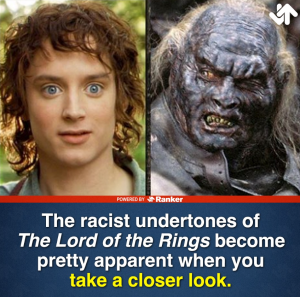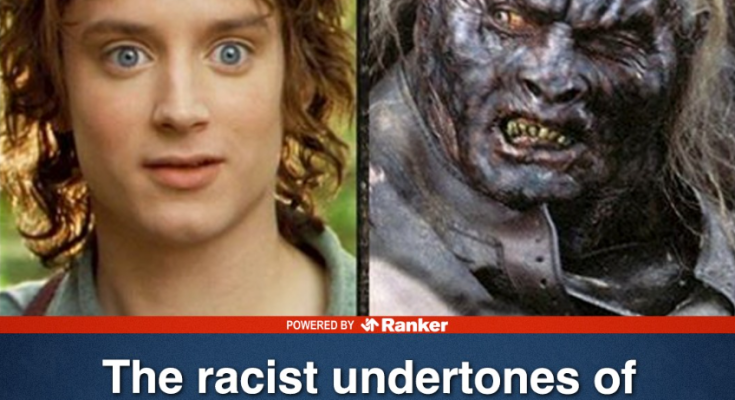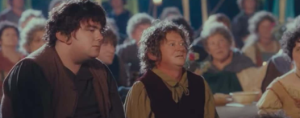 Instances of Weird Racism and Bigotry Throughout The Lord of the Rings (And In J.R.R. Tolkien’s Life)
Instances of Weird Racism and Bigotry Throughout The Lord of the Rings (And In J.R.R. Tolkien’s Life)
The Lord of the Rings, J.R.R. Tolkien’s epic fantasy trilogy, has captivated millions since its publication in the mid-20th century. Its rich world-building, memorable characters, and timeless themes of heroism and friendship have made it a beloved classic. Yet, like many works created in an earlier era, it has been scrutinized for troubling elements, including instances of weird racism and bigotry—both within the text and in the life and attitudes of its author. This exploration aims to uncover those uncomfortable undercurrents and place them in their proper historical and literary context.
1. Racial Depictions in The Lord of the Rings
At its core, The Lord of the Rings pits the forces of good—primarily represented by white or “fair” races like Elves, Men, and Hobbits—against the dark armies of evil, often portrayed by Orcs, Uruk-hai, and other monstrous creatures. This binary can be read in ways that align, consciously or unconsciously, with racial stereotypes.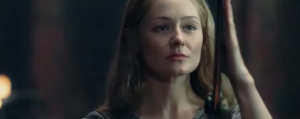
The Orcs and the “Other”
Orcs are among the most problematic elements. Described as ugly, savage, violent, and malformed, they serve as the faceless enemies of Middle-earth’s heroes. Critics argue that Tolkien’s depiction of orcs reflects a kind of dehumanization linked to racialized language historically used to describe colonized or marginalized peoples.
Some passages hint at a quasi-racial aspect, with references to orcs being “dark-skinned” or “black.” The Orcs’ servitude to Sauron, who represents ultimate evil, sets up a problematic association between dark-skinned creatures and evil, reinforcing age-old racial binaries of “good” versus “evil” tied to skin color.
However, Tolkien explicitly rejected direct allegory or racism. He emphasized that Orcs were corrupted elves or men, “evil” due to their subjugation by dark powers rather than inherent racial traits. Despite this, readers have debated how much his work unintentionally perpetuated racial stereotypes.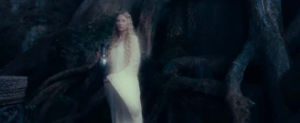
The Haradrim and Easterlings
In The Lord of the Rings, humans from the south and east—called Haradrim and Easterlings—are often depicted as exotic, alien, and aligned with Sauron. Their cultures are described with vague, sometimes Orientalist or Middle Eastern overtones. The Haradrim ride massive elephant-like beasts called mûmakil, evoking images of colonized or foreign peoples as fearsome “others.”
These portrayals can be interpreted as reflecting the Eurocentric views prevalent during Tolkien’s lifetime, when colonial powers often depicted non-Europeans as barbaric or threatening. While Tolkien praised diversity of cultures in his letters, the narrative positions these peoples firmly in the camp of enemies.
Elves and Light Imagery
Elves, conversely, are described with light, beauty, and grace, echoing an idealized “white” aesthetic. This contrast between “light” races and “dark” enemies aligns with problematic symbolism—although Tolkien’s mythos blends mythic archetypes rather than real-world racial categories.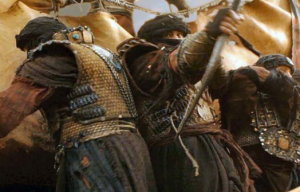
2. Tolkien’s Personal Views and Historical Context
J.R.R. Tolkien lived from 1892 to 1973, a period when colonialism, racial theories, and nationalist ideas shaped Western thought. Understanding his personal beliefs can shed light on how these issues may have influenced his work.
Tolkien and Race
Tolkien was not a supporter of racist ideology in the conventional sense. He expressed disdain for Nazi racial theories, condemning the idea of racial purity. In letters, he criticized anti-Semitism and believed in the value of individuals beyond their race or nationality.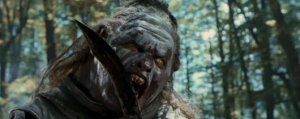
However, Tolkien’s views were complex and sometimes contradictory. Some letters reveal casual use of racial stereotypes common in his era. For example, he occasionally made comments that today would be considered insensitive or ethnocentric.
Tolkien and Colonialism
Tolkien’s experience as a British academic and soldier exposed him to imperial attitudes. Some scholars argue that The Lord of the Rings reflects imperialist nostalgia, particularly in its depiction of the Shire as an idealized English countryside threatened by industrialization and war.
The harsh, industrialized forces of Saruman’s Isengard and Sauron’s Mordor echo anxieties about modernization and loss of traditional rural life, but some readers see this as indirectly supporting a colonial worldview where “civilized” ways are defended against “barbaric” forces.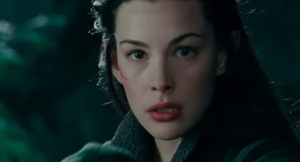
3. Interpretations and Defenses
Tolkien himself resisted simple allegorical interpretations of his work. He insisted The Lord of the Rings was a “fundamentally religious and Catholic work” reflecting universal themes of good and evil, not racial or political commentary.
Many fans and scholars argue that accusations of racism misunderstand the mythic nature of Tolkien’s storytelling. They point out the moral complexity within characters and cultures. For instance, orcs sometimes express misery or doubt, and some men allied with Sauron are clearly not portrayed as evil by nature.
The idea of race in Middle-earth is tied more to mythic archetypes than to 20th-century racial politics. Yet, the undeniable use of “dark” versus “light” imagery and exoticized “others” makes the texts susceptible to criticism.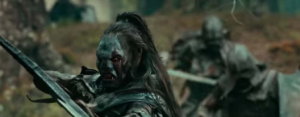
4. Weird Racism: Subtle and Unconscious Bias
Rather than overt racism, many critiques focus on “weird racism”—the unconscious biases embedded in language, symbolism, and cultural assumptions. This includes:
-
Equating darkness with evil and light with good.
-
Exoticizing non-Western peoples as barbaric or menacing.
-
Assigning fixed moral qualities to entire groups based on origin or appearance.
These elements, while perhaps unintentional, echo colonial-era stereotypes and shape readers’ perceptions of morality and identity.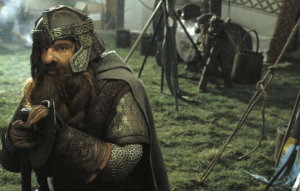
5. How Modern Readers and Adaptations Address These Issues
In recent decades, adaptations like Peter Jackson’s film trilogy have introduced The Lord of the Rings to new audiences. Some of these have made efforts to diversify casting and highlight the complexity of characters.
The fandom and scholarly community increasingly discuss issues of race and representation, re-examining Tolkien’s work with a critical eye. This does not diminish its literary achievements but invites a more nuanced understanding of its cultural baggage.
Conclusion
The Lord of the Rings remains a masterpiece of fantasy literature, but it is also a product of its time, containing weird and troubling instances of racism and bigotry, both in the text and reflected in J.R.R. Tolkien’s life and context. Understanding these elements enriches our reading and prompts necessary conversations about how myth, culture, and history intertwine.
By acknowledging these aspects honestly, readers can appreciate Tolkien’s enduring imagination while critically engaging with the legacies of colonialism and racial thought embedded in many classic works.